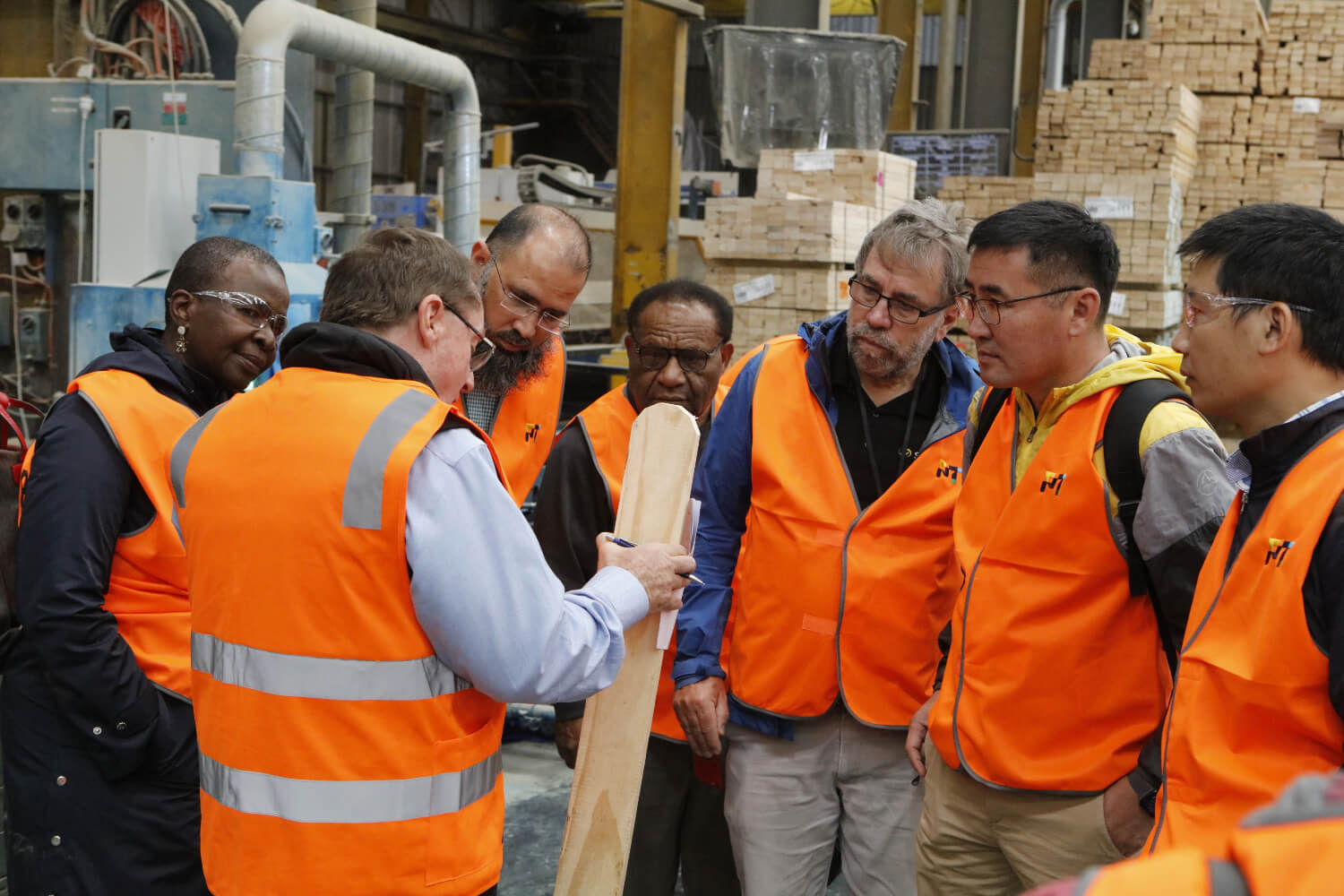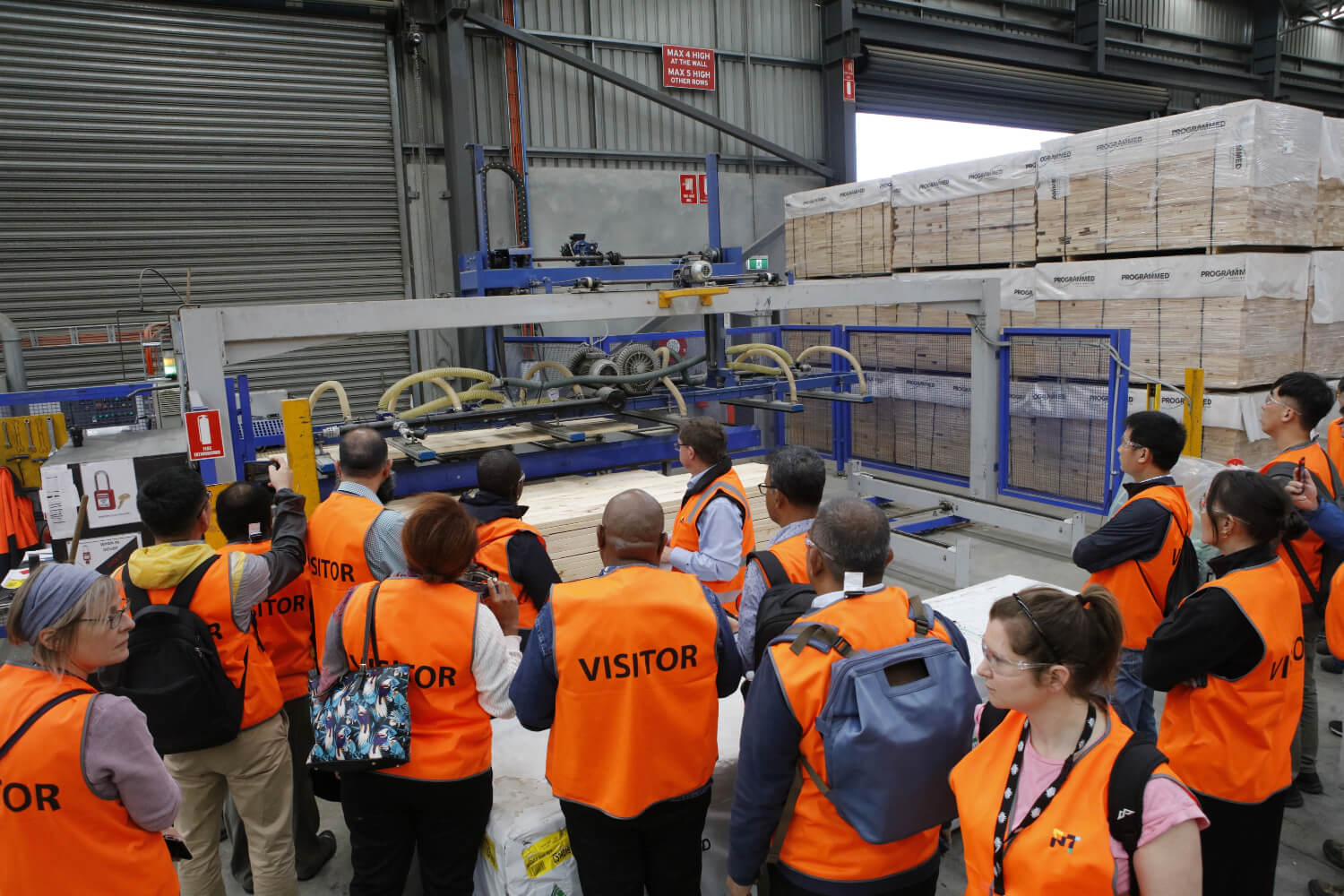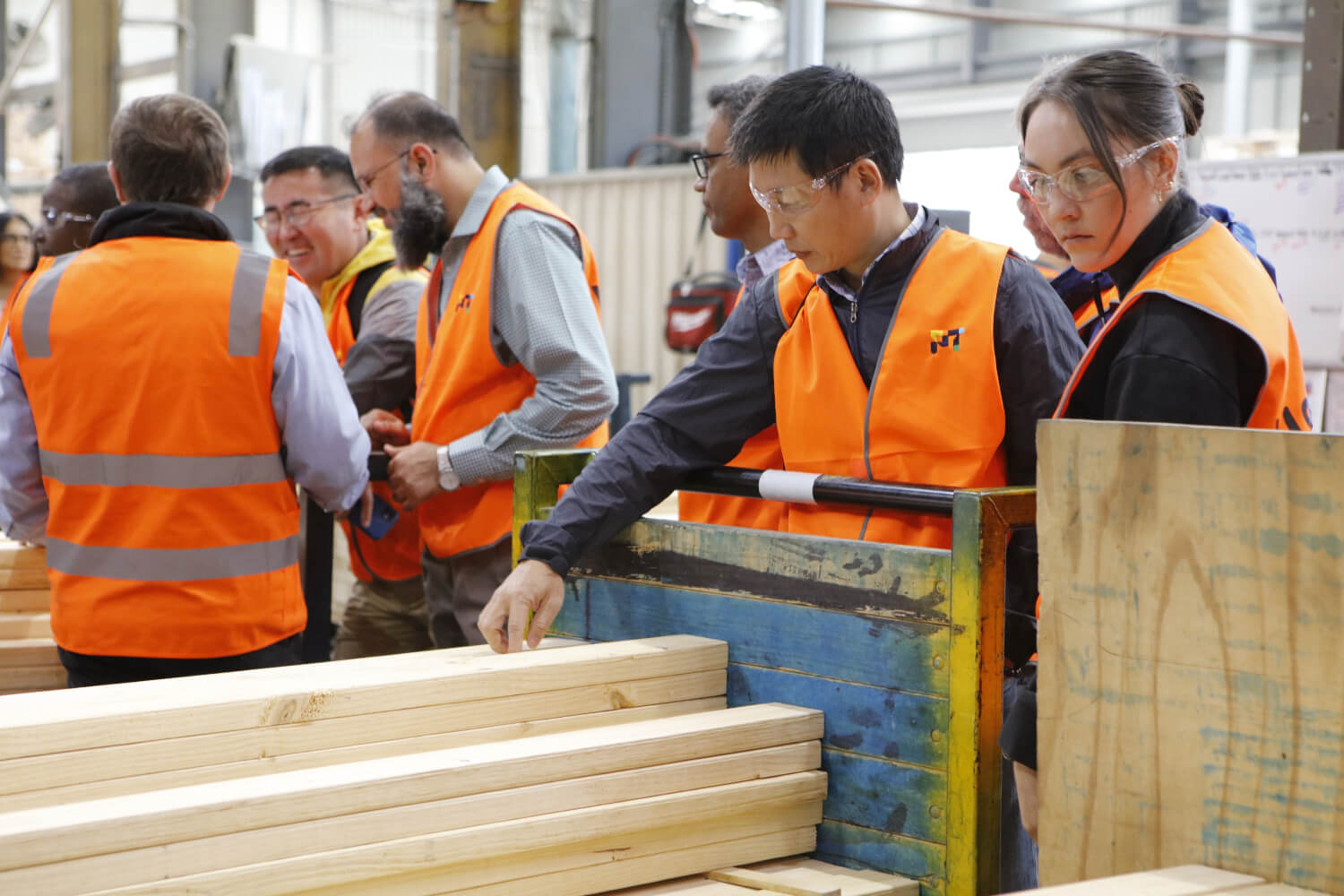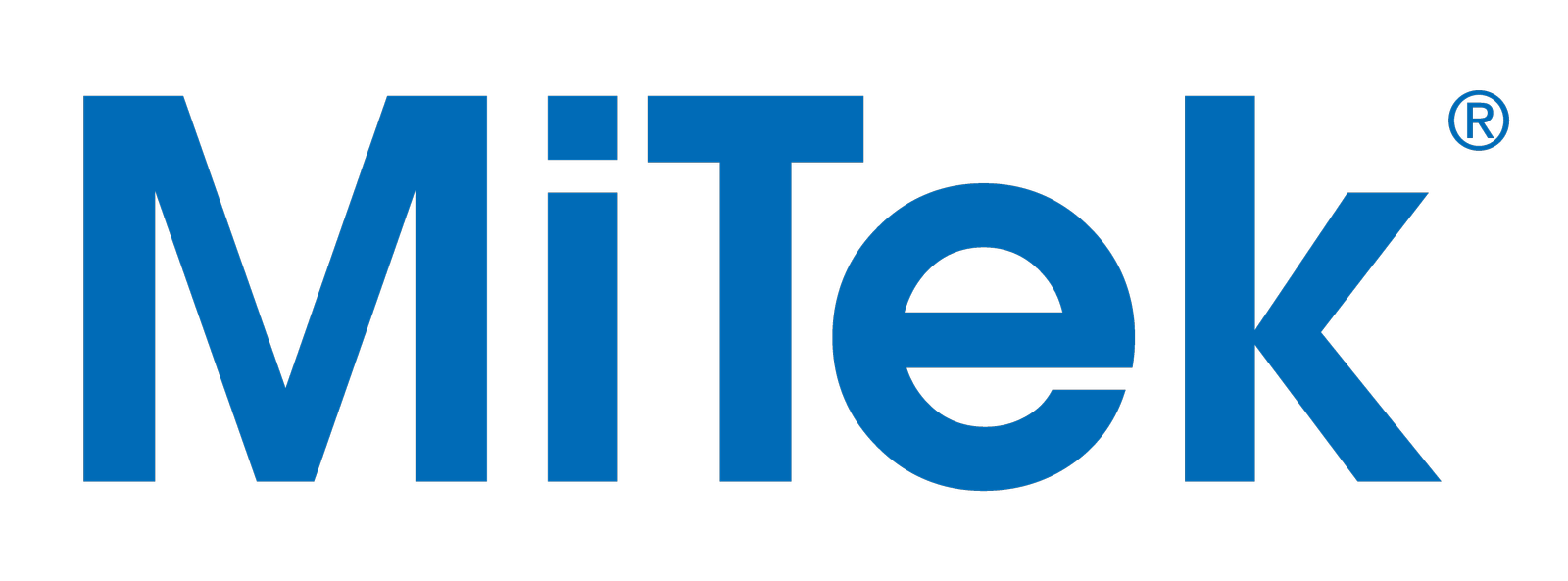
This piece was written and provided by FTMA Supporting Partner, Programmed Timber.
Earlier this month Programmed Timber hosted a delegation from the United Nations (UN) Food & Agriculture Organisation’s (FAO) Asia-Pacific Forest Commission (APFC). As part of their conference held in Sydney, delegates were able to undertake field trips in and around the broader region that were in line with the conference topics. The conference theme was ‘Sustainable Forests for a Sustainable Future’.
The Programmed Timber facility was nominated by government as a destination so delegates could see fibre utilisation processes in action. Those familiar with Programmed Timber would not be surprised of how the operation was particularly topical with the conference subject.
Evident was the global recognition that wood fibre resources are increasingly important to utilise & maximise whilst ensuring the sustainable environmental & societal necessities was apparent to all participants. Of particular interest was the ability of Programmed Timber to take a variety of timber material inputs from a number of sources and extract a wide range of purpose specific products for particular application across a number of different industries.
Particularly in relation to product processed for the prefabricated timber roof truss and wall frame sector, the allocation of fibre to the specific in-job application was on display. Seeing first hand coming off the main production line delegates were able to appreciate the obvious differences in qualities and attributes between noggings/trimmers, truss webs and wall studs from a raw material that would otherwise not hold too much scope without that intervention.


Their interest was also in seeing the better utilisation of this feed resource would facilitate a longer carbon sequestration life therefore a genuine and positive contribution to a lower carbon atmosphere. This is all the while not impacting (not reducing but supplementing) the current availability of the more in demand MGP grade material now going from sawmill direct to market.
In saying that, it is now being more noted the broad differences between supply v demand of Oct 21 compared to Oct 23. From a position of material shortage to supply abundance. It is very clear by (and presumably some time before) Oct 25 material availability will again be in imbalance. Even if the pundits are overestimating the ‘quadrupling of demand by 2050’ in wood fibre, considerable pressure will sooner come to bear globally and presumably be reflected in pricing (opening up opportunity for alternate materials – again).
As has been said before, responsible utilisation of global wood fibre resources is essential to meet expected demand. There is only so much MGP in the trees of the world. Reliance of industry growth on that limited section of resource is problematic not only locally but globally. All of us in the supply chain from forest to frame that have expansionary business models should be mindful of the timber grade supply side. Locally there seems to be some inattention through an expectation that MGP ‘grows on trees’ – OK in Oct 23 but maybe not so by Oct 25.
So, rather than being pessimistic, there is a considerable volume of timber that is not going into F&T currently that could legitimately. It just won’t be the usual long MGP we have become accustomed to.
Again specifically for F&T, Programmed Timber provides products to supplement MGP supply and assist increased production volume & efficiency without additional plant labour and capital.
Jump onto our new website (ptimbers.com.au), have a look at our new branding and see where we can add value to your business.


Our Principal Partners



